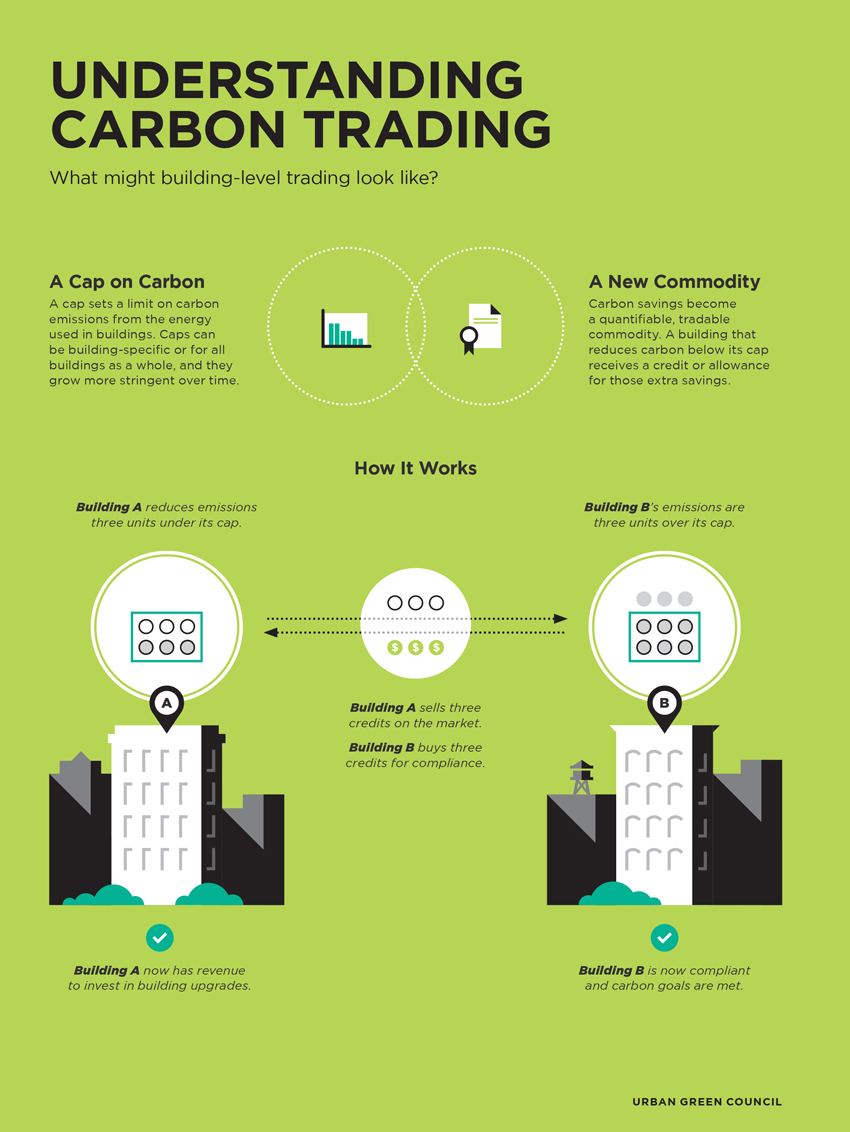Conquering Carbon
TACKING THE CHALLENGE
As the Big Apple embarks upon this historic carbon trimming effort, Mandyck points out that if other cities fail to follow suit, the New York Harbor is still going to flood. “So we have an obligation as the largest city in the United States to not only to reduce carbon emissions, but to do it in a way that can help other cities,” he says.
Raising the ethical side of the equation, Wolf points out that building teams would never imagine designing a building without safety factors, but when it comes to the ecosystems of our planet, that same sense of responsibility does not always carry through.
“We need to redouble our efforts to see that LL97 not only stays on schedule but attains some quantified margin of safety with detailed contingency plans,” he states. “It needs an experienced management team that is subject to open peer review and is answerable to the public at regular hearings.”
Further, carbon reduction needs to apply to new building designs. This means making the investment in well-thought-out, integrated sustainable designs at the onset.
“No one buys the cheapest car on the market, so why would you buy only the bare bones, code minimum facade?” asks Selkowitz. “With a bit of speculation, in a more competitive real estate post-COVID world, there may be a premium on workspace that has access to better views, fresh air from the facade, better thermal management and comfort, resilience, etc. A modest incremental investment in the facade may help future-proof your building marketability.”
Ultimately, architects are in a position to play a leading role in these crucial environmental efforts. Offering some encouragement, Kologlu states, “As designers, we are trying to spread our optimism to influence positive change. Everything we do today, whether we are setting new policies or designing a new building, can still curb carbon emissions and prevent long-lasting, irreversible disruption to our planet.
When a building owner invests in healthy and low carbon materials, enhancing air quality and natural ventilation, maximizing daylighting and views, and implementing new smart technologies, they are investing in the health of the planet, the wellness and productivity of their tenants, and the longevity of their building,” she concludes.
END NOTES
1Hens, Hugo. “Heat, Air, and Moisture Transfer in Envelope Parts: The International Energy Agencies Annex 24 Common Exercises.” Department of Civil Engineering, Catholic University, Belgium. 1995. Web. 10 September 2020.
2Montes-Amoros, Vicente. “LEED Through the Eyes of the Building Envelope,” Curtainwall Design Consulting. June 2013. Web. 10 September 2020.
Barbara Horwitz-Bennett is a veteran architectural journalist who has written hundreds of CEUs and articles for various AEC publications. www.bhbennett.com










